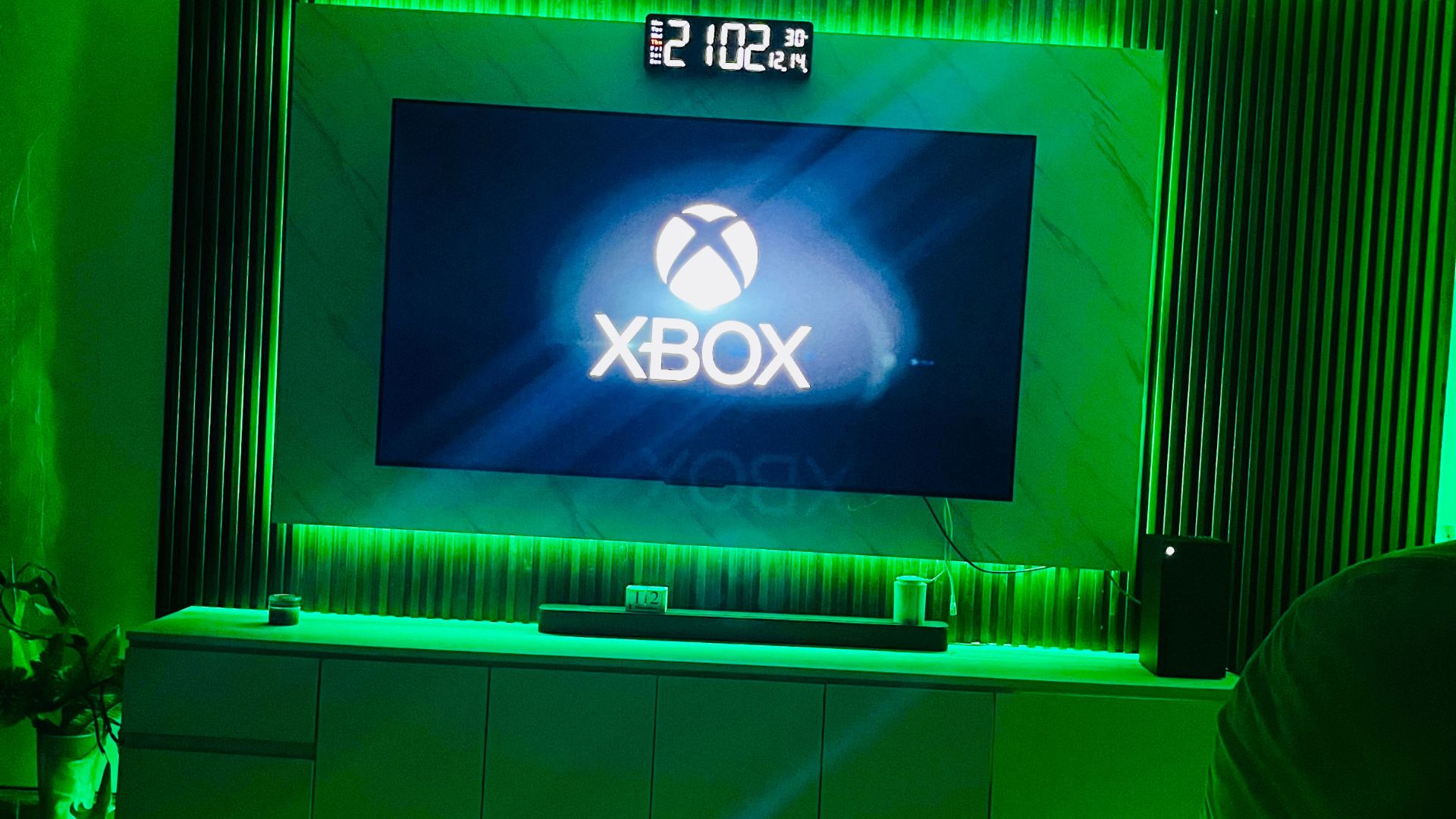Windows Phone 8.1 Update 1 lets you set the time without a SIM card

One of the smaller, but very useful features in Windows Phone 8.1 Update 1 is Network Time Protocol (NTP) support. If you run a PC, NTP is nothing new, it is simply the ability for the computer to ping the server and pulldown the time off the internet. (Wikipedia fact: It is one of the oldest internet protocols in use!)
However, Windows Phone did not support this, at least not until Windows Phone 8.1 Update 1.
This lack of NTP support meant that devices without a network SIM users would manually have to set the date and time. In fact, devices that are powered off for an extended duration become discordant and lose their accuracy. Moreover, some cellular networks, mostly in Europe and a few other countries, do not support setting the date and time over a cell network, making this mandatory.
Now under the 8.1 Update 1, users get an option under Settings > Date + Time called 'Set time zone automatically.' All though that seems innocuous, combined with the new NTP support in the OS, the 'Set date and time automatically' feature now fetches the information over a Wi-Fi network if a SIM in not available. We tried it ourselves by removing the SIM, fudging the time and date, rebooting and then enabling the automatic feature. It instantly corrected the date and time, without the user having to do so.
Additionally, the 'set timezone' feature should help with Calendar entries when traveling, keeping your phone in sync.
Like we said, it is a small feature, but considering it is "one of the oldest internet protocols in use," long overdue in the Windows Phone OS.
All the latest news, reviews, and guides for Windows and Xbox diehards.

Daniel Rubino is the Editor-in-chief of Windows Central. He is also the head reviewer, podcast co-host, and analyst. He has been covering Microsoft since 2007 when this site was called WMExperts (and later Windows Phone Central). His interests include Windows, laptops, next-gen computing, and wearable tech. He has reviewed laptops for over 10 years and is particularly fond of 2-in-1 convertibles, Arm64 processors, new form factors, and thin-and-light PCs. Before all this tech stuff, he worked on a Ph.D. in linguistics, performed polysomnographs in NYC, and was a motion-picture operator for 17 years.
